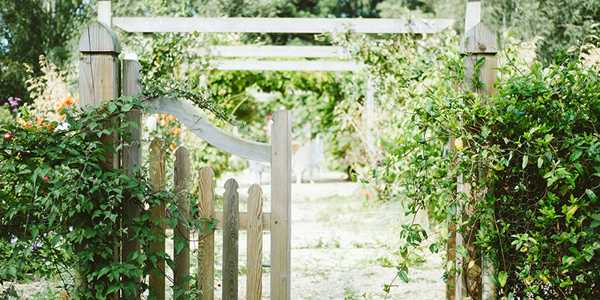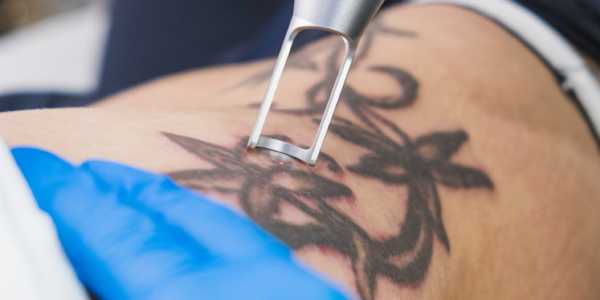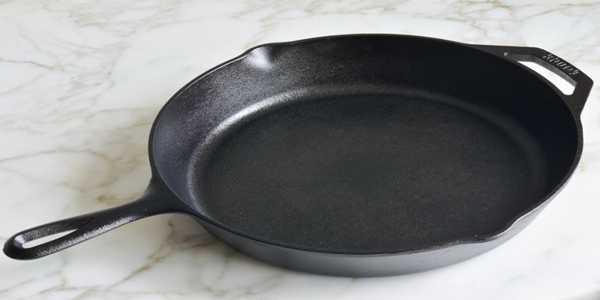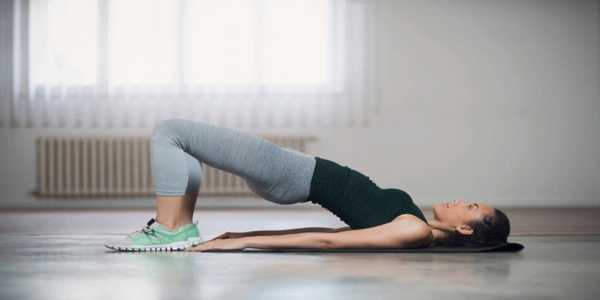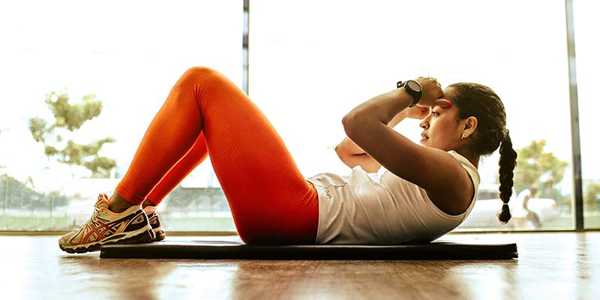How To Build a Bigger And Firmer Butt?
The desire for bigger, firmer buttocks has become widespread, fueled by influencers and celebrities showcasing sculpted figures on social media. This growing appeal highlights the importance of body confidence, with many striving for a well-rounded derriere as a symbol of fitness and self-assurance.
This guide will walk you through the essential components of butt enhancement, covering glute anatomy, nutrition's role in muscle development, and effective workout routines to sculpt and lift. We'll also explore maintaining consistency and avoiding common pitfalls, empowering you to confidently boost your physical appearance and self-esteem.
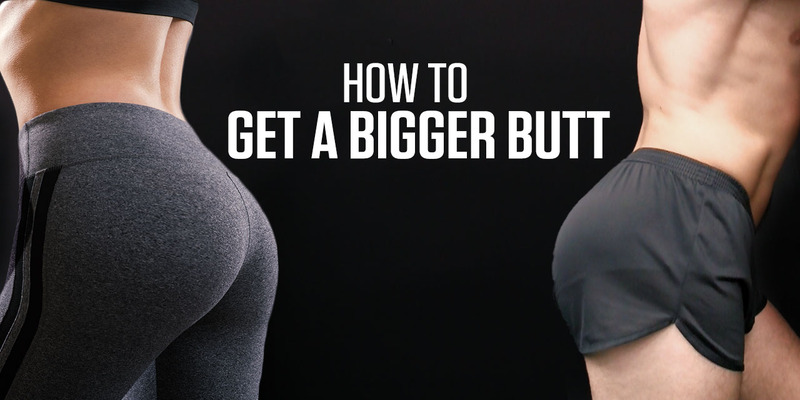
Understanding Your Body
A successful journey toward a more prominent and firmer butt begins with a comprehensive understanding of the gluteal anatomy and the influence of individual factors like genetics and body type on your results.
Anatomy Of The Glutes
The gluteal muscles consist of three main components: the gluteus maximus, gluteus medius, and gluteus minimus. Each plays a crucial role in movement and contributes to the overall shape of the buttocks.
1. Gluteus maximus: The largest and most prominent muscle, the gluteus maximus is essential for hip extension and outward rotation. It enables actions like standing, climbing stairs, and running. Its strength is key to achieving a well-defined, rounded backside.
2. Gluteus Medius: Located beneath the gluteus maximus, it stabilizes the hip, aids in thigh abduction, and helps maintain balance, contributing to a more balanced and appealing silhouette.
3. Gluteus Minimus: The smallest of the three, the gluteus minimus supports the gluteus medius in stabilizing the hip joint and ensuring pelvic alignment, indirectly enhancing the appearance of the buttocks.
Body Types And Genetics
Genetics play a key role in determining the shape and size of your butt, influencing factors like fat distribution, muscle fib
re makeup, and skeletal structure. Body types—ectomorph, mesomorph, and endomorph—also affect glute development. Ectomorphs may struggle to gain muscle, mesomorphs build muscle quickly, and endomorphs tend to store more fat, impacting glute shape and enhancement strategies.
The Role Of Diet In Butt Growth
Achieving a more significant, firmer butt is not solely attainable through exercise; nutrition is equally critical, providing the necessary foundation for muscle development. Making conscious food choices can significantly optimize your butt enhancement efforts. This section will explore the importance of protein, healthy fats, and carbohydrates while offering food recommendations to bolster your glute growth. You'll also find actionable tips and a sample meal plan to streamline your diet efforts.
The Necessity Of Protein For Muscle Repair And Growth
Protein is an essential nutrient for muscle development and takes centre stage in any enhancement plan. After intense workouts, muscles sustain micro-tears that require repair to grow. This rebuilding relies heavily on protein, which consists of amino acids—the fundamental components for muscle recovery. Hence, ensuring adequate protein intake is critical for building stronger glutes. Aim for a daily consumption of 1.6 to 2.2 grams of protein for every kilogram of body weight to achieve optimal muscle hypertrophy.
Top Protein Sources:
Chicken Breast: A lean protein option, chicken breast roughly contains 26 grams of protein per 100 grams.
Greek Yogurt: Offering about 10 grams of protein per 100 grams, Greek yoghurt is also a source of beneficial probiotics.
Lentils: These plant-based powerhouses pack around 9 grams of protein per 100 grams, along with fibre and iron benefits.
The Importance Of Healthy Fats
Incorporating healthy fats into your diet is crucial for hormone production, including hormones essential for muscle growth, such as testosterone and estrogen. Fats also provide your body with vital fatty acids that it cannot synthesize alone. Strive for a diet where 20-35% of your daily caloric intake comes from healthy fats to enhance muscle development.
Best Sources of Healthy Fats:
Avocado: Loaded with monounsaturated fats, avocados are also packed with fibre and potassium.
Nuts and Seeds: Almonds, walnuts, and chia seeds are rich in omega-3 fatty acids and serve as nutritious, on-the-go snacks.
Olive Oil: An integral part of the Mediterranean diet, olive oil provides anti-inflammatory benefits and is versatile in cooking or as a salad dressing.
Carbohydrates For Energy During Workouts
Carbohydrates are indispensable for fueling your workouts. Compounded into glucose, carbs supply energy crucial for rigorous activities, particularly important during glute-focused exercises. Focusing on complex carbohydrates ensures a steady energy release, facilitating improved performance.
Great Carbohydrate Sources:
Quinoa: This gluten-free grain is brimful of nutrients, supplying about 22 grams of carbohydrates per 100 grams, fibre, and protein.
Sweet Potatoes: A versatile superfood that provides roughly 20 grams of carbohydrates per medium potato, packed with vitamins and minerals.
Brown Rice: A staple whole grain, brown rice offers about 23 grams of carbohydrates per 100 grams and provides lasting energy.
Sample Meal Plan For Butt Enhancement
Here is a simple yet nutritious meal plan packed with ingredients that bolster glute development:
Breakfast: Avocado Toast With Scrambled Eggs
1 slice whole grain bread
1 avocado
2 eggs
Sprinkle of salt and pepper. Nutritional Benefits: A balanced breakfast rich in healthy fats, protein, and complex carbohydrates.
Lunch: Quinoa Salad With Chickpeas And Veggies
1 cup cooked quinoa
1/2 cup chickpeas
Mixed greens with a drizzle of olive oil. Nutritional Benefits: A nutrient-dense meal that combines protein, healthy fats, and carbs.
Dinner: Baked Chicken Breast With Sweet Potato And Broccoli
1 medium sweet potato
1 chicken breast
Steamed broccoli
Seasoned with herbs and spices. Nutritional Benefits: A balanced option featuring protein, carbohydrates, and fibrous vegetables.
Actionable Tips For Your Diet
1. Plan Ahead: Design a weekly meal plan incorporating key foods to meet your nutritional goals.
2. Stay Hydrated: Keep hydrated throughout the day to fuel performance and recovery.
3. Limit Processed Foods: Prioritize whole, nutrient-dense options to fully nourish your body, establishing a solid foundation for glute growth.
By embracing a nutrition-rich approach and integrating these delightful foods into your routine, you can enhance your diet and set your body up for incredible results in your glute development journey. Take charge of your meals, and watch your hard work translate into noticeable glute enhancements!

Strength Training Exercises For Glutes
1. Squats And Variations
Squats are exercises fundamental to glute building. Standard squats form a catalyst for growth by engaging the glutes, quadriceps, and hamstrings. To perform a classic bodyweight squat:
Stand with your feet shoulder-width apart and toes angled slightly outward.
Engage your core while keeping your chest elevated.
Sit back like a chair, lowering your body until your thighs parallel the floor.
Pause briefly in that position, then push through your heels to stand back up.
2. Lunges And Variations
Lunges effectively engage the glutes while challenging balance. To execute a basic lunge:
Begin standing tall with feet hip-width apart.
Step forward with your right foot, lowering your body until both knees bend to a 90-degree angle.
Return to the starting position.
3. Deadlifts
Deadlifts focus on strengthening the posterior chain, especially the glutes and hamstrings. To execute a deadlift:
Stand with your feet hip-width apart while grasping a barbell or dumbbell in front of your thighs.
Hinge at your hips and lower the weights, keeping a flat back.
Return to standing by driving through your heels and squeezing your glutes at the top.
Maintaining Proper Form And Safety Tips
To maximize the effectiveness of your workouts and minimize injury risk, focus on maintaining proper form:
Keep your core engaged throughout movements.
Ensure your knees track over your toes during squats and lunges; they should never cave inward.
In deadlifts, positioning your back flat is essential to avoid strain.
Control the tempo of every movement, avoiding jerky motions that can lead to injuries.
Incorporating these exercises consistently into your routine promises glute strength and size improvements and elevates confidence. Remember, consistency complemented by correct form will substantially progress your fitness expedition. It's time to begin your journey toward attaining a firmer and larger butt!
A New Chapter Of Confidence And Personal Growth
Enhancing your glutes takes time and dedication to both workouts and nutrition. Start by creating a plan, setting goals, and finding support. This journey will boost not only your physique but also your overall well-being. Begin today and embrace the transformation!

